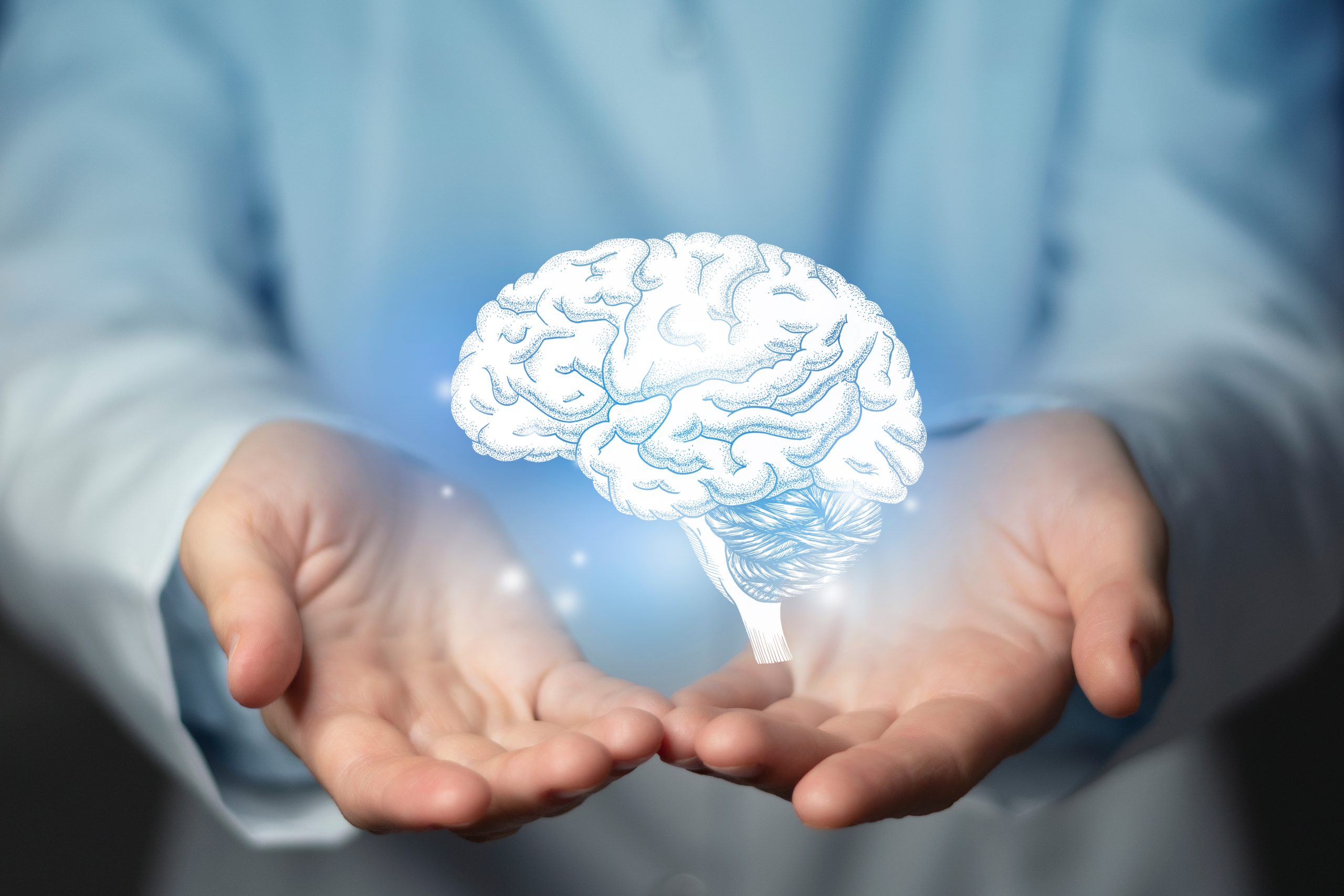
Understanding Attention Deficit Hyperactivity Disorder (ADHD) requires delving beneath superficial perceptions to address enduring myths and promote tailored therapeutic approaches.
At a Glance
- Diagnosis and treatment of ADHD. have evolved significantly since the early 1990s.
- Stimulant medication is common, though its long-term effectiveness is debatable.
- Diagnosis rates keep rising, impacting new demographics.
- There’s an ongoing push for personalized care and better understanding of both biological and environmental factors.
Historical Context and Current Trends
The early 1990s marked a pivotal time for ADHD research, as James Swanson’s work at UC Irvine coincided with significant public concern about psychiatric medications, notably led by protests from the Church of Scientology, who decried medicine with cries of “Psychs, Stop Drugging Our Kids.” During this time, Ritalin prescriptions surged, and diagnoses doubled between 1990 and 1993.
However, even with such advancements, long-term effectiveness of these treatments remained questioned as indicated by the M.T.A. study in 1999, which found diminishing benefits of Ritalin after 36 months. These findings underscore the need for a reevaluation of established practices.
The Rise in Diagnosis and Treatment of ADHD
The diagnosis of ADHD has steadily increased, with over 11.4% of American children now diagnosed. This rise is not limited to children, with a significant expansion in adult diagnoseses as well. Despite the prevelance, many researchers, like Edmund Sonuga-Barke, question the core understanding and treatment of ADHD which remains largely unchanged since the 1930s. He notes that efforts to establish a biological marker have not been fruitful, pointing to the importance of considering environmental factors alongside medical diagnoses.
Challenges in Diagnosis and Treatment
ADHD is a genuine, neurological condition, not reflective of poor parenting or a lack of effort. Nonetheless, misconceptions persist, and subjective diagnostic criteria only exacerbate misinterpretations. Girls and minority groups tend to be underdiagnosed due to variance in symptom presentation and societal biases.
Overcoming these hurdles requires raising awareness and reducing stigma to facilitate better understanding and support. This is essential not just for the individuals concerned, but also for healthcare and educational systems to offer more nuanced approaches.
Toward Personalized Care and Broader Understanding
A comprehensive treatment model that incorporates medication, behavioral therapy, and education is often most effective. The notion that ADHD is solely a medical disorder is fading, with scientists advocating for an appreciation of the interplay between genetic disposition and environmental influences. Properly prescribed and monitored medications are typically safe and effective. However, thriving beyond medication is paramount to creating sustainable well-being for those with ADHD.











